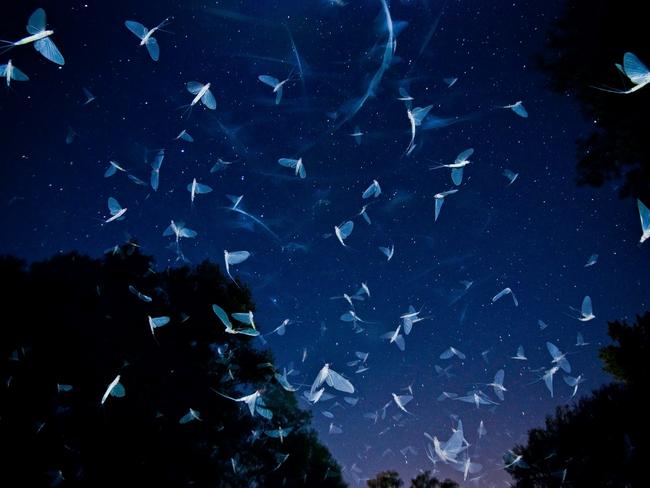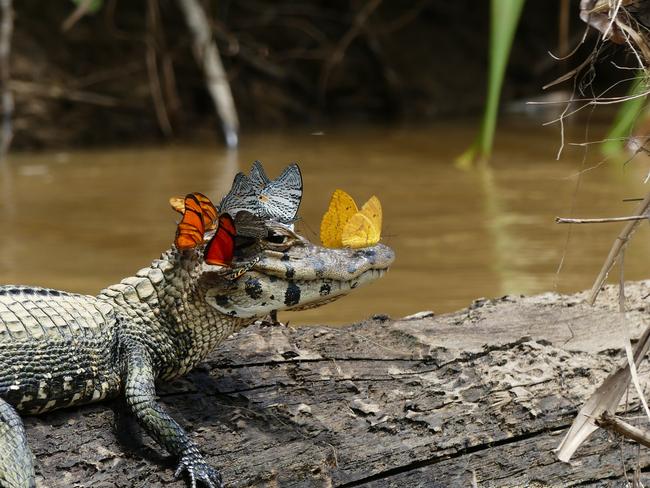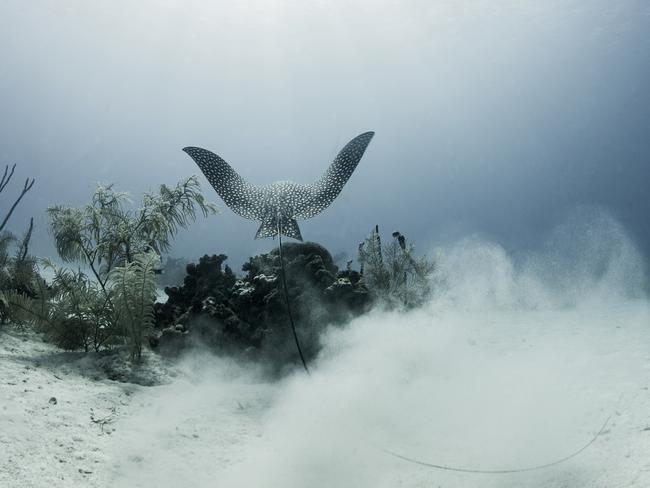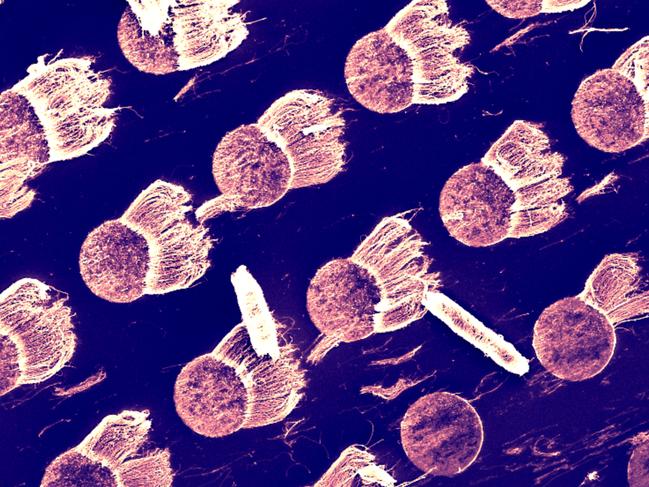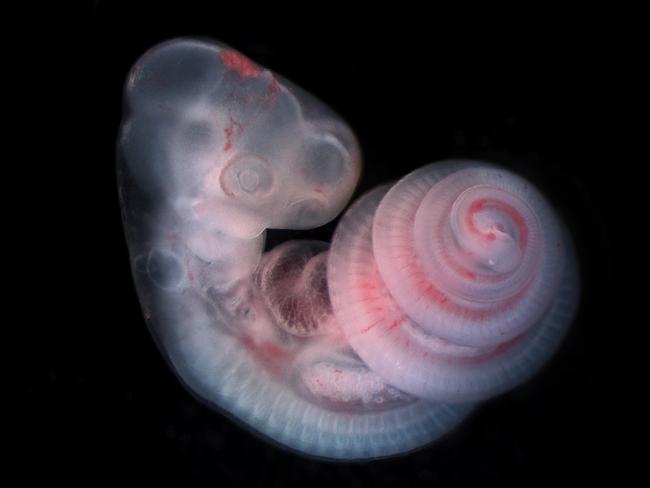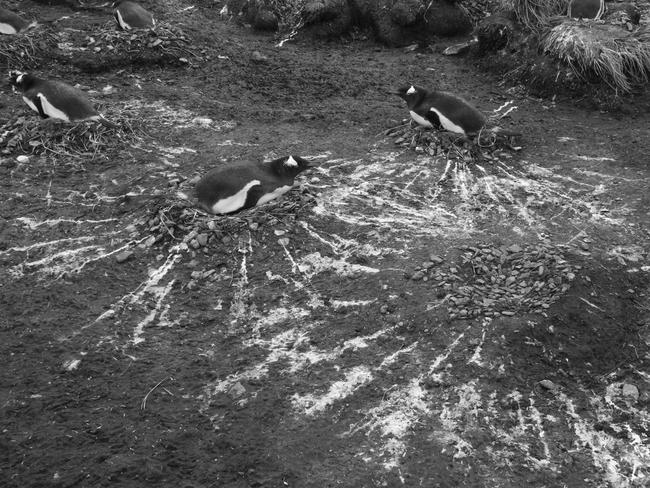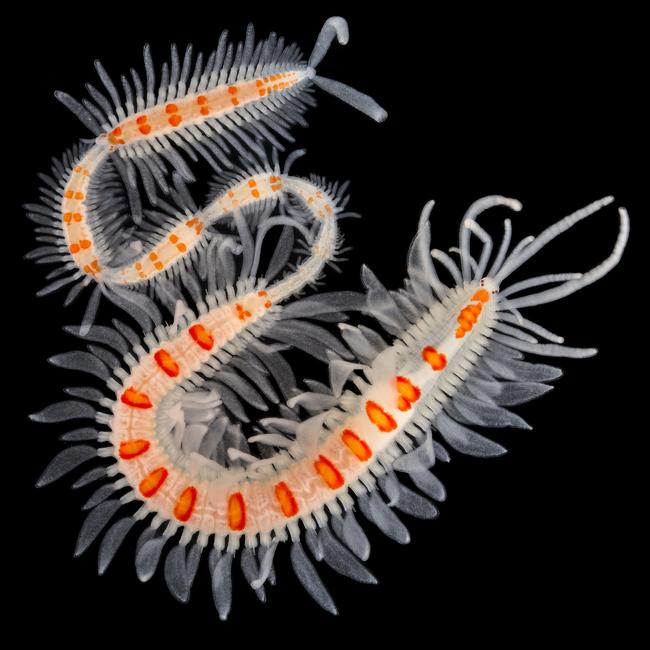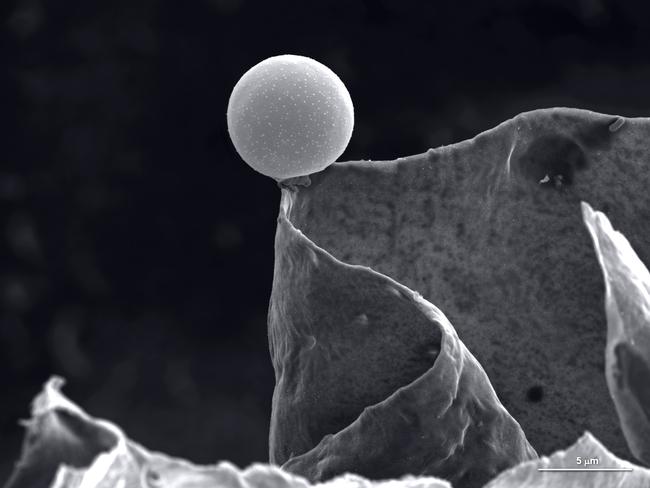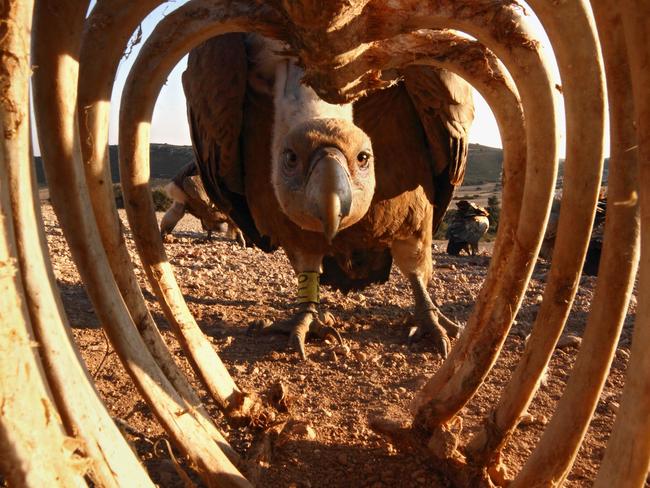
1/122016 Royal Society Publishing Photography Competition Picture: Jonathan Diaz-Marba. In search of food – Runner up: Behaviour. I watched feeding griffon vultures searching inside the ribcage of a large mammal. I tried my luck using the camera inside the carcass, shooting from a hide with the help of a trigger wire. Andorra, Spain.


